History Miniature paintings
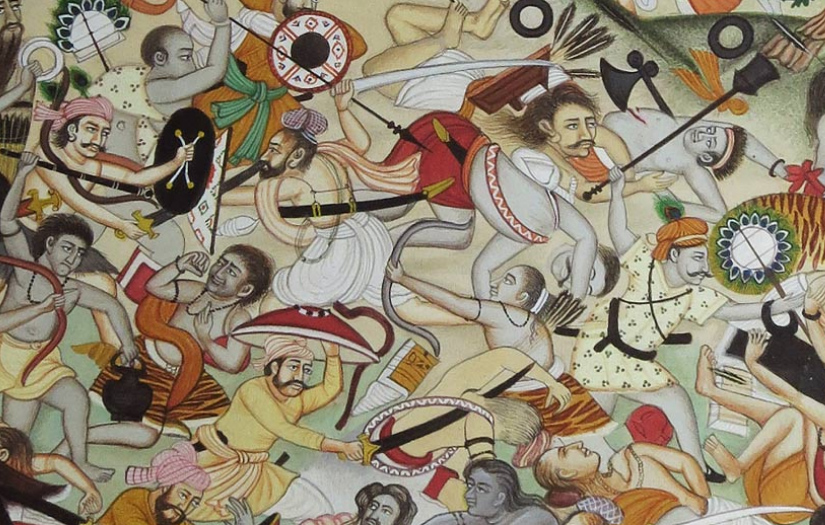
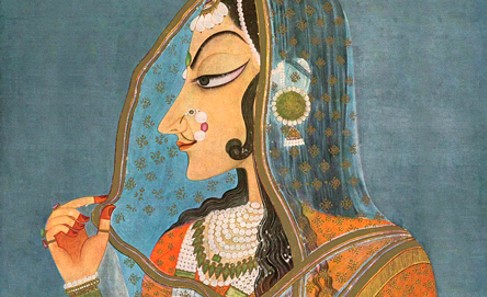
History and influence
Paintings in India can be traced back to second century B.C. the pictures were done in varying media- caves, palace walls, leaves, wood, paper, cloth, etc. They are found all over the country from the South to the North and also in neighbouring countries like Sri Lanka and Tibet. The earliest paintings in India date back to the Ajanta caves from second century B.C to 5th century A.D. The bagh caves in Madhya Pradesh and the Sigiriya in Sri lanka date back to the 5th century A.D. The Sittavansal caves in South India is from the 7th century, followed by the Ellora caves of the 8th to 11th centuries.
Thereafter the miniature paintings started taking form in India. Initially they were done on Palm leaves and later the work was done on paper. The Eastern school of miniature paintings which dates to the 9th-12th centuries depicts the Mahayana Buddhist deities. The art is characterised by simple compositions and subdued tones. In South India, the Brahadeswar temple has depictions of paintings done during the Chola era of the 11thcentury.
The work from the Western school of miniature painting transitioned from palm leaf manuscripts to paper. Initially the work depicted the extended eye further away from the cheek and used very simple brick red background. Later paintings show use of blue and gold pigments as well. The ormentation used is also very elaborate in these paintings.
With the disappearance of the projecting eye, the development of the profile face, the gradual elimination of the angular features and with changes in ornamentation and drapery, the miniature paintings entered into a new phase. Thus the rajasthani school of miniature painting started in the 16th century. This covers a large area from jaisalmer and Bikaner in the west to Kotah and Bundi in south-east rajasthan and to Datia and Orchha in North Madhya Pradesh. The principal centres of this art were Udiapur, Jaipur, Jodhpur and Bikaner. A local school of Art founded by Maharaja Samant Singh was started in Kishangarh, few Kms from Ajmer. Colour –harmony was projected with a rare genius and the painters depicted nature according to their conventions. They were inspired by their immediate surroundings. For instance, the paintings from Jodhpur had a fine depiction of Mango trees, an inspiration that the artists drew from their local topography.
Subjects of Miniature paintings are krishan lila(sports of Krishna), raga raginis(Musical melodies), nayika Bheda(diff classes of heroines on which Sanskrit and Hindu writers on love, classified women), ritu chitra(seasons), panchatantra. The paintings give an insight into the life of the royals and the common man, the beauty of their womenfolk and the inspirations and devotions of the artists themselves. Music is associated with paintings here The different ragas were considered appropriate to different seasons..The order of seasons are Bhairava, Malava, Sri-Raga, Hindola or vasanta, Dipaka and Megha each of which is wedded to the five Raginis, or nymphs of harmony presenting wonderfully diversed images for the artist’s imagination. During the 17th century, art was at its peak in Rajasthan.
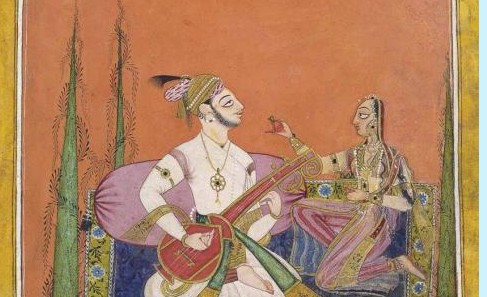
With the Mogul influence in miniature paintings, focus shifted to the portraits and richness of colour effects of the Mogul era. Mogul art flourished under Akbar, Shah Jahan and jehangir. Abkar started a translation of the Indian Ramayana along with other manuscripts like the Akbar nama. Mogul art specialises in Court and Palace scenes. Experiments on rich colour schemes and varied expressions happened during this period. The major distinction between Mogul art and Rajput period is that the mogul art was centered during the Imperial court and was very standard in its depiction, whereas the Rajput styles differed according to the areas they belonged to. Broadly, we can divide Rajput art with respect to geography- rajput kingdoms in rajasthan, in the Punjab hills and Central India.
The emperor Humayan invited two Safavid painters ‘Abd as-samad and Mir Sayyid ‘Ali to join his court in India. His son Akbar took over the mantle and under his patronage, the Persian masters started a workshop to train people in this tradition. He established a Kitab-Khana on his succession to the throne and this was imperative in developing this form of art. His son Jehangir further supported this art tradition and during his period, miniature paintings flourished. Shah Jahan, his successor focussed more on architectural grandeur and though the paintings during were further refined from the earlier periods, it was still not the focus.
Paintings lost their charm and started to decline in the 18th century. It became a cheap medium to depict the scenes of dance, parties and sensuous palace life.
Read more about Indian Paintings ~ Gaatha.org

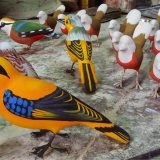

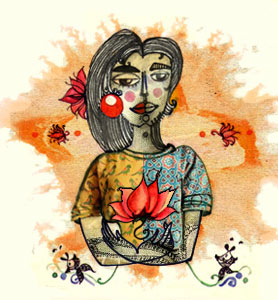



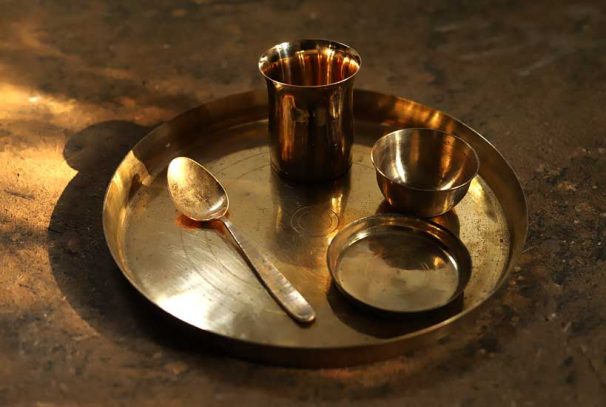
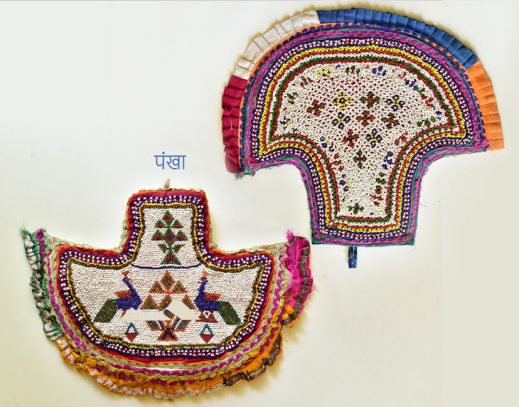
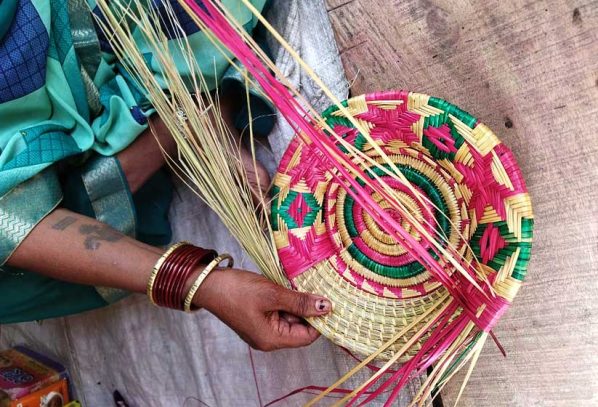

Sushmita mandal
Good content